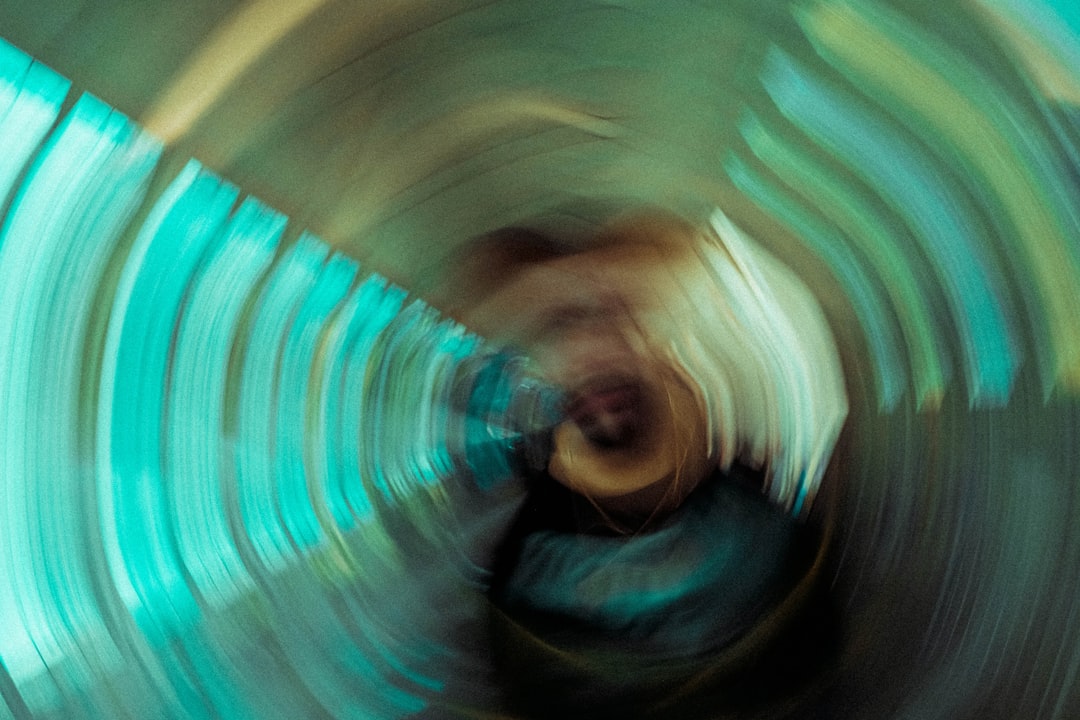What is it about?
Mathematical modelling of non-linearity due to charge injection phenomenon with variation in desired characteristics of complementary metal oxide semiconductor (CMOS) image sensor (CIS) and correlated double sampling (CDS) circuits is presented. Existing suppression strategies of charge injection effect for CIS and CDS circuits lack in accuracy because of the absence of knowledge of its effect with variation in major device parameters related to switching transistors viz. width (W), length (L), sense node capacitance (Cpd) and photon current (Iph). Therefore, variations in these parameters under the effect of charge injection have been experimentally studied. Based on the outcomes, it can be concluded that four-parameter logistic regression symmetrical sigmoid function is the best fit for the non-linearity introduced. Also, the devised mathematical model could be utilised as an activation function to train the biological neurons in CIS centred biomedical applications. A brief illustration of the same has been included for electrical stimulation of retinal cells. Further, the higher values of Iph, Cpd and scaling of switching transistors as Wmin and L > Lmin can prove effective in reducing the non-linearity. Contrary to previous studies, the higher value of Cpd utilising the normal photodiode found suitable for charge injection suppression in CIS.
Featured Image

Photo by Jakob Owens on Unsplash
Why is it important?
Following are the major outcomes of our experimental investigation: (i) The comprehensive and quantitative evaluation of how the effect of charge injection is correlated with the variation in device parameters of CIS and CDS circuits. The correlation of nonlinearity is also mathematically devised using the 4PL symmetrical sigmoid function. (ii) Furthermore, this work also provides insights on how the mathematical model of non-linearity due to charge injection can become a tool to train the CIS itself for effective imaging Fig. 11 Neural network model to map the non-linear response of RGC through CIS, considering the proposed mathematical model of parameter variations as an activation function performance in biomedical applications. One such example is shown for stimulation of retinal cells. (iii) Collectively, the results indicate that higher values of Iph, Cpd and designing of switching transistors based on the principle of L > Lmin and Wmin will prove effective for charge injection suppression. Also, normal PD can prove the effective alternative candidate of conventionally adopted PPD. However, since the presented analysis is specific to the effect of charge injection, hence this outcome is limited to its suppression only.
Perspectives
I hope this article will help the co-researchers working in the area of CMOS image sensor to build better strategy for noise suppression. The basic phenomenon of charge injection is important to address while designing the circuits like bootstrap.
Prof. Ashish Tiwari
Shri Shankaracharya Technical Campus - SSGI
Read the Original
This page is a summary of: Analysis and mathematical modelling of charge injection effect for efficient performance of CMOS imagers and CDS circuit, IET Circuits Devices & Systems, August 2020, the Institution of Engineering and Technology (the IET),
DOI: 10.1049/iet-cds.2020.0096.
You can read the full text:
Contributors
The following have contributed to this page










